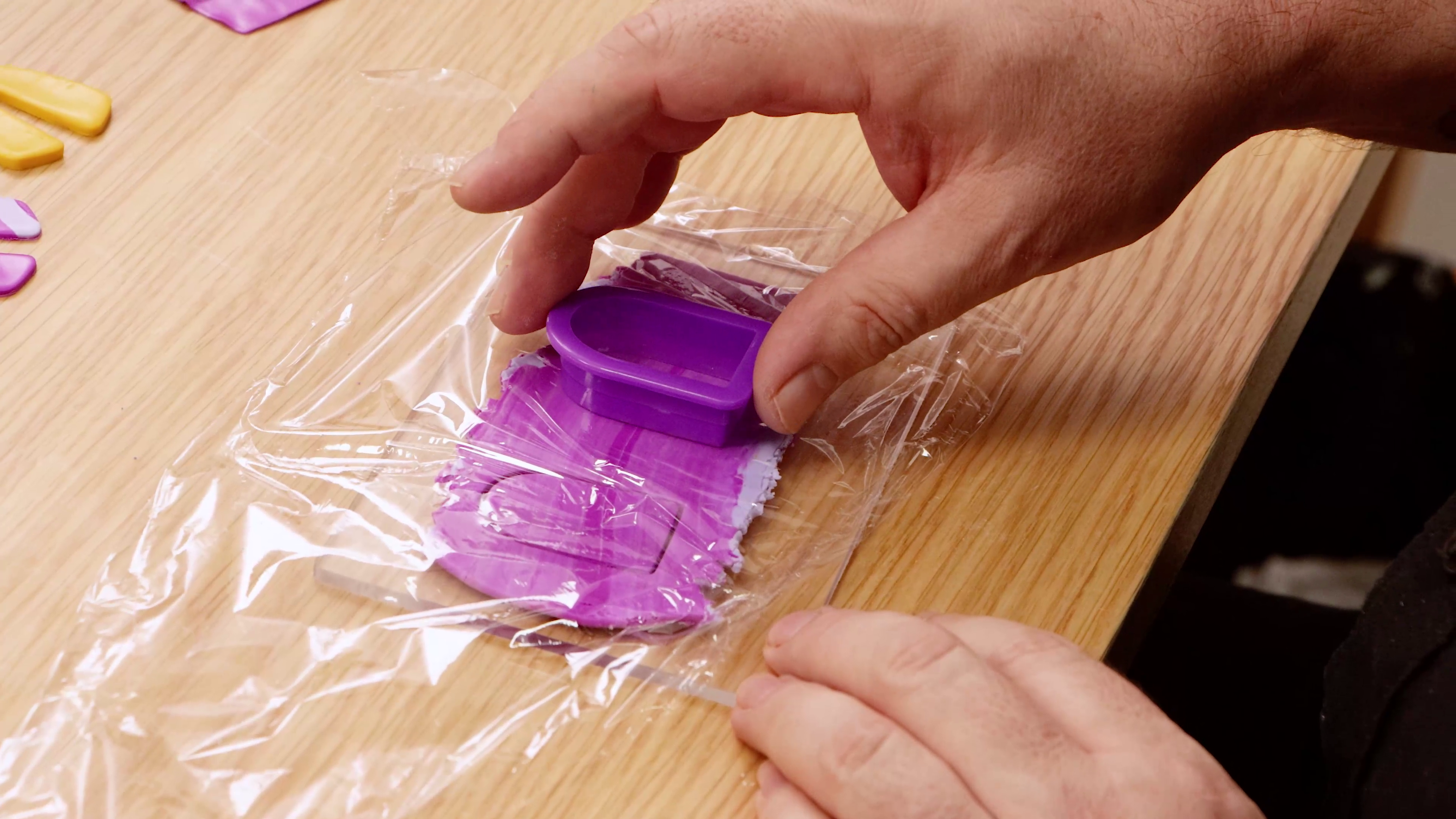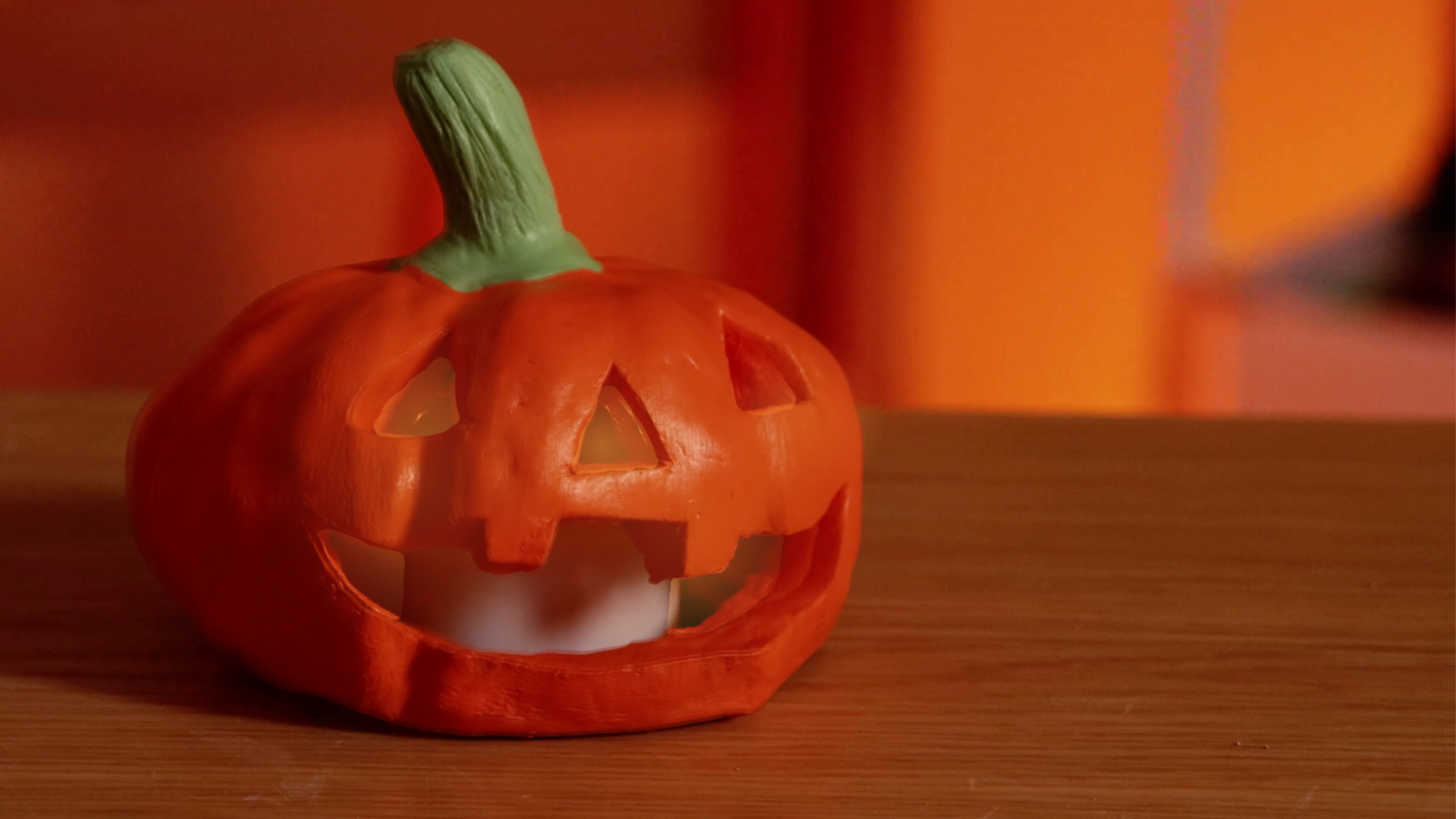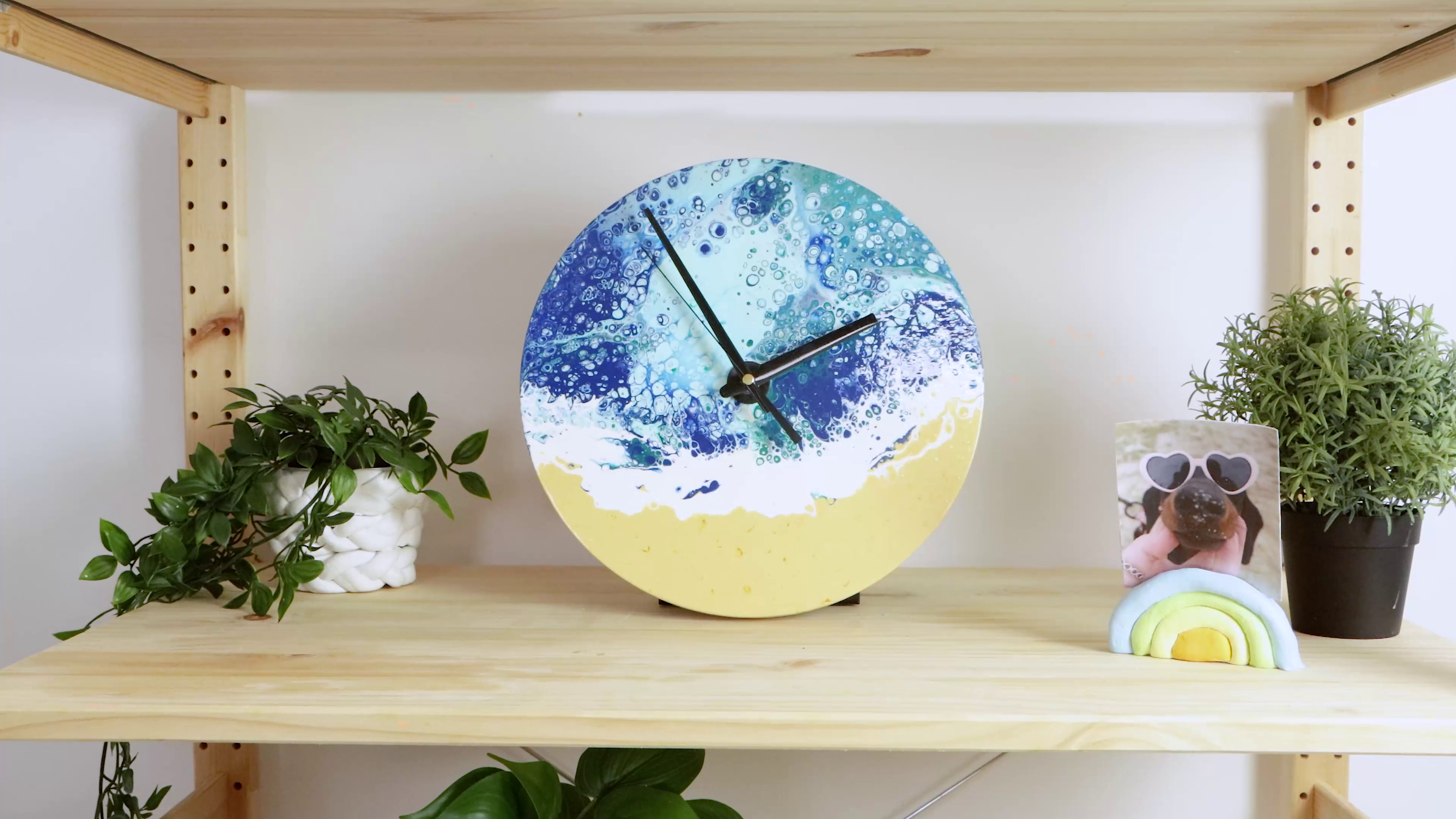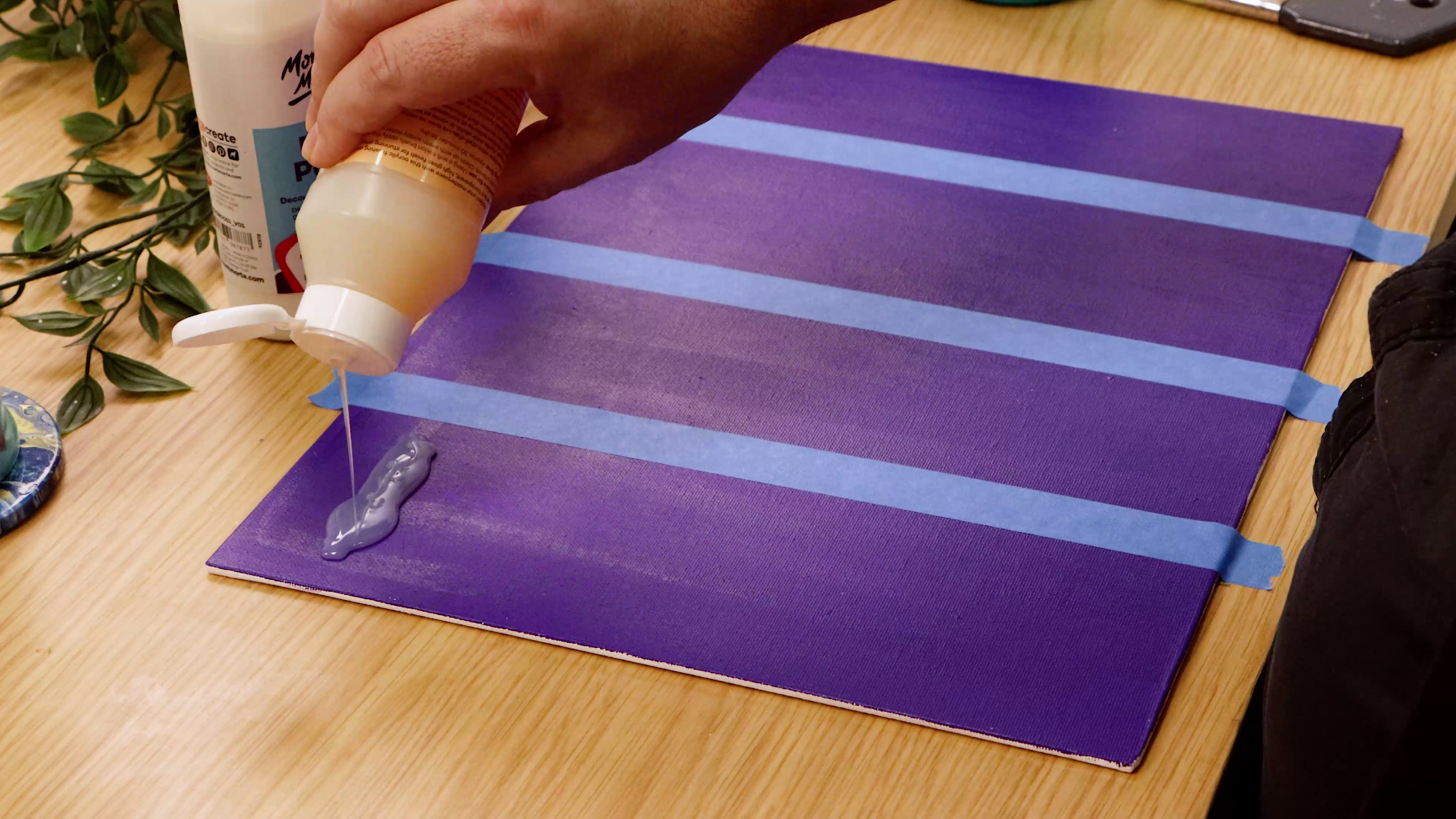How to Paint a Horse in Oils
How to paint a Horse in Traditional Oil Paint
The materials for this lesson can be found at a Gold or above Art Centre. Go to to find the one nearest to you. MPN0026 Mont Marte Drawing Set 8PCE CMMD9012 Mont Marte Double Thick Canvas 91x121cm MPO0001 Mont Marte Traditional Oil Paint 100ml Titanium White MPO0035 Mont Marte Traditional Oil Paint 100ml Zinc White MPO0002 Mont Marte Traditional Oil Paint 100ml Lemon Yellow MPO0012 Mont Marte Traditional Oil Paint 100ml Crimson Red MPO0016 Mont Marte Traditional Oil Paint 100ml Ultramarine Blue MPO0015 Mont Marte Traditional Oil Paint 100ml Cobalt Blue MPO0022 Mont Marte Traditional Oil Paint 100ml Sap Green MPO0044 Mont Marte Traditional Oil Paint 100ml Raw Sienna MPO0028 Mont Marte Traditional Oil Paint 100ml Burnt Umber MPO0030 Mont Marte Traditional Oil Paint 100ml Paynes Grey MPO0047 Mont Marte Traditional Oil Paint 100ml Mars Black MPO0013 Mont Marte Traditional Oil Paint 100ml Mauve BMHS004 Mont Marte Taklon Oil Brush Set In Box 7pce MPB0056 Mont Marte Taklon Wide 75mm MPB0047 Mont Marte Taklon Fan #10 MCG0059 Mont Marte Palette Knife #4 MAXX0019 Mont Marte Plastic Brush Washer MAPL0002 Mont Marte Easy Clean Wood Palette MOMD1206 Mont Marte Refined Linseed Oil Paint Medium MOMD1209 Mont Marte Amber Gel Oil Paint Medium MOMD1207 Mont Marte Safflower Oil Paint Meduim Also required: Turpentine (natural pine) Materials Lis t . . .
In this project I have used a 90x120cm Canvas. A smaller 60x x90cm canvas could be used also. Tinting the Canvas not only seals the drawing but it allows one to read colours better as colours painted onto a white cavas can show as darker. It also enables parts of the tint to show through in the over painting and this recurring tone provides some unity within the work. 1. Transferring the image If you refer to the first image in this PDF you will see the outline of the horse and the background. This needs to be transferred onto a 90x120cm canvas with a HB pencil. This outline can be drawn direct or by using the grid system. Alternatively it could be transferred by an overhead projector. Whatever the method used, don’t apply any paint until you are quite happy with the drawing. 2 Tinting the canvas Squeeze some Raw Sienna out onto an easy clean palette and pour out a liberal amount of Refined Linseed Oil Medium next to it. Use a 75mm wide artist Taklon Brush and apply a thin coat over the entire canvas. Let this coat dry before commencing the next step. 1 2
4 Under painting may seem needless as it is just going to get covered with a top coat but remember that a coat of paint is very rarely opaque and the underlying colour adds a certain quality to the topcoat. 3. Painting the Background The forest in the background can be broken up into 3 parts; the tree stumps, the foliage and the sky. For the tree stumps create a mix from Burnt Umber and Zinc White and adjust it with Amber Gel Medium so it flows easily. Use a flat brush on its side and paint the stumps in with vertical strokes. Make the stumps thicker close to the ground. For the foliage, create the mix by adding Cobalt Blue, Titanium White and Mauve to the Brown mix and dab the foliage in with a large filbert. Apply the dabs in a patchy fashion with spaces in parts. Next create a mix for the sky from Titanium White and a touch of Lemon Yellow. Adjust the viscosity with Amber Gel and paint this into the sky area. Take some of this colour into the foliage in areas. 1 4. Under painting the foreground We undercoat the foreground so that colour can be seen beneath the top coat when it is applied. It also gives the applied top coat tone more depth and complexity. Start by creating a mix from Zinc White and Crimson and paint in the lower portion. Leave some of the under painting to show through in parts. Next add some Cobalt Blue, Paynes Grey and Mauve to the mix and paint in the shadow area above the lower portion just created. Add some Sap Green to this mix and paint in the middle ground around the horse. 3
The under painting of the horse is the most challenging part of the project and does take some practice to get right, but with trial and error and careful observation a good result can be achieved. It is recommended to closely watch the accompanying video for this step. 5. Under painting the horse If you refer to the second image in this PDF you will see a tonal guide to refer to to help you paint the horse. Squeeze out some Titanium White and some Mars Black. The rule of thumb is to lay all of the tones into the appropriate areas and once they are laid in you can blend them together with a clean brush. It is advisable to watch the video to see the suggested steps to take to tonally build up the horse. The mane and tail should be laid in with Mars Black thinned with Refined Linseed Oil Medium. Create the strokes so that they follow the natural form of how the hair falls and would naturally flow. Next add pure Titanium White into the Black coat. Use a #4 Round brush to add the White paint and wipe off the excess contaminated paint from the brush with a rag before you recharge it with more White paint. Let this coat dry to the touch before the glazing in step 7. 5
For the glazing step we recommend Safflower Oil Mediu m be used. Safflower oil is regarded as the best mediu m to use for glazing as it doesn't yellow over time as much as other mediu ms nor does it wrinkle as it doesn't dry from the outside. 7. Glazing the horse Glazing adds warmth and adds a glow but the under painting must be thoroughly dry. Pour out some Safflower oil into a twin dipper. Squeeze out some Ultramarine Blue, Raw Sienna and Burnt Umber. Dip a large filbert brush into the Safflower Oil, take a small amount of paint and paint it into the appropriate area. The standard practice is to glaze Raw Sienna into the highlight areas, Burnt Umber into the mid tone areas and an Ultramarine Blue and Burnt Umber blend into any shadow areas. Glaze the tail and mane in with Burnt Umber. 6. Painting the foreground The foreground can be broken into 3 main parts; the lower foreground, the middle ground and the top middle ground where the White fades out into the glade of trees. Create a mix from Zinc White and Crimson and paint it into the lower foreground. Ensure that it is a few shades lighter than the underlying tone and allow some of the under painting to show through in parts to create more interest. Next create a mix from Titanium White, Paynes Grey, Sap Green and Crimson and paint it into the middle ground. Paint Titanium White into the top portion and blend it into the Grey below it. Use a #4 round brush to cut the White into the tail. Once the tail has been cut in, work the Grey across the canvas and darken it as you go. Paint the top portion in with Titanium White and blend it into the Grey beneath it. Dip a large Filbert into some Refined Linseed Oil and bring the translucent White into the trees. Thin it out so that it disappears to nothing, this will give a look of fog rising in the distance. 6 7
Material List
- Refined Linseed Oil Premium 125ml (4.23oz)
- Amber Gel Premium 125ml (4.23 US fl.oz)
- Drawing Set Signature 8pc
- Artist Acrylic Brush Premium Taklon Fan 10
- Plastic Brush Washer Signature
- Artist Acrylic Brush Premium Taklon Flat Wide 75mm
- Double Thick Canvas Premium 91.4 x 121.8cm (36 x 48in)
- Palette Knife Signature No.4





























